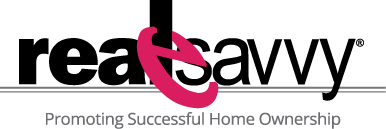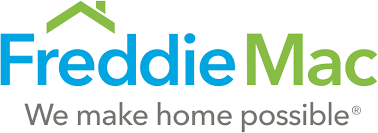One of the biggest obstacles confronting low- and moderate-income home buyers is coming up with the 20 percent down payment that many financial advisors recommend they have in the bank prior to entering the housing market. Under Fannie Mae’s Home Ready and Freddie Mac’s Home Possible programs, it might be possible to obtain a mortgage with substantially less cash on hand.
While there are some differences in the two programs, Terri Sicilia, vice president of underwriting for Residential Mortgage Services, says they are both “beneficial products, especially for borrowers putting less than 20 percent down.”
“These programs offer a lot of flexibility that you don’t have with a traditional 30-year, fixed-rate mortgage, “Sicilia notes, “such as reduced PMI (private mortgage insurance) that helps to make the monthly payment lower.”
Borrowers interested into looking into these programs need to educate themselves, Sicilia says, because some loan officers might not be comfortable with them or might not know about them. She explains that both Freddie Mac and Fannie Mae offer online counseling programs for prospective homebuyers. “The Fannie Mae program is $75.00 and the Freddie Mac program is free. Both can be taken online as well as in a classroom setting,” she adds.
Home Ready and Home Possible can help to make it possible to overcome such factors as low housing inventory and rising home prices that make it difficult for individuals and families to enter the housing market and obtain an attractive mortgage interest rate. The National Association of Realtors and Freddie Mac estimate that median price growth for housing will accelerate by 3.5 percent in 2018, whereas median household income is only growing by about 2.7 percent.
Among the differences in the two programs, Sicilia says, is that the Fannie Mae program allows a buyer to own other properties at the time of closing, while the Freddie Mac program does not. Another difference, she notes, is that Home Possible does not allow the use of a non-occupant co-borrower while Home Ready may.
Both products may permit a borrower to use income from a boarder or housemate to be considered as a portion of the overall income in some cases, as long as it does not exceed 30 percent of the total income used to qualify and required documentation can be produced to document payment received for one year.
Both the Freddie and Fannie programs compete with the low-down-payment program of The Federal Housing Administration
(FHA), which offers loans for as little as 3.5 percent down for buyers with a credit score of 580.
Aside from their own funds, a borrower can receive assistance in reaching the minimum three percent contribution from a range of sources, including a gift from a person meeting the definition of a related person, funds from a government or non-governmental agency, Employer Assisted Homeownership (EAH) programs and Affordable Seconds. Any contributing agencies cannot be affiliated with the lender or the origination of the mortgage except in the case of an EAH.
A few other features of the Fannie and Freddie programs are:
Home Ready:
- No income limits in underserved areas
- Applicants without credit scores may be eligible using alternative credit references such as rent, insurance and utility payments
- Mortgage insurance can be cancelled when 20 percent of equity in home is reached Primary residence only
- Not restricted to first-time home buyers
- Allows a non-occupant co-borrower to qualify
- Ownership of other property allowed
Home Possible:
- No income limits in underserved areas
- Applicants without credit scores may be eligible using alternative credit references, such as rent, insurance and utility payments
- Primary residence only
- Mortgage insurance can be cancelled when 20 percent of equity in home is reached
- Not restricted to first-time home buyers
One of borrowers Sicilia worked with was able to obtain a mortgage under Home Ready by documenting that he had 12 months of income from a boarder as a portion of his overall income.
“This would not have been possible with a traditional,
fixed-rate mortgage,” she said.

